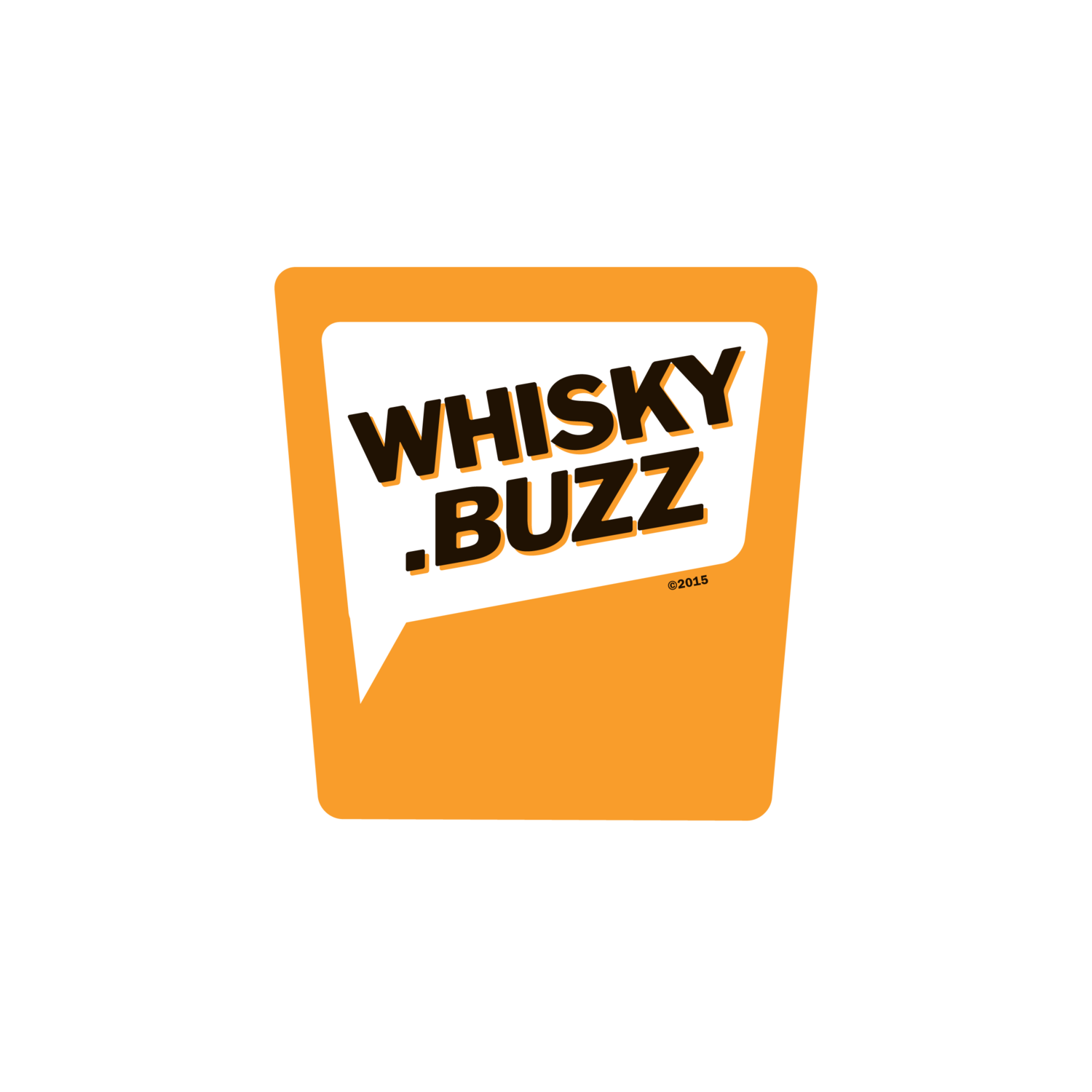Whisky Additives & The Brilliance of Straight American Whisky
/Photo by Suresh Doss
Whisky additives have always sparked suspicions from whisky consumers. Many want real proper traditional whisky. But what does that mean? Reid Mitenbuler, author of Bourbon Empire, notes: “In the late eighteenth and early nineteenth centuries, whiskey was minimally if at all aged. Drinkers often added flavorings to mask any rough edges."
During that same era, the United States passed the first consumer protection act: the bottled-in-bond act of 1897. This act was a direct result of many whisky makers adding additives to whisky. Among the many requirements of the act (aging, specific labeling), the only additive allowed is water. This tension between whisky additives and pure whisky with no additional flavouring continues to today.
Most whisky categories allow some additives, however.
In the United States, unless a whisky is labelled as being “straight” (straight bourbon, straight rye, etc..), that whisky may contain up to 2.5% in additives. That additive could be anything, from wine, syrup to peach juice (yes, peach juice) so long as it doesn’t significantly change the flavour of the whisky. I’ve tasted some of these whiskies with additives, and believe me, the “doesn’t significantly change the flavour” rule is not strictly enforced. Whether or not anything was added, there is no labeling requirement to inform the consumer.
Canadian whisky allows for 9.09% additive, but that additive is restricted to wine or sherry, or whisky that’s been aged for at least 2 years. If I had a choice between having 2.5% syrup additive, or 9.09% of added sherry, I’m picking the latter. At least it was fermented. In either case, the bottles remain unlabelled to what’s inside. In both cases, additives are rarely that extreme. As an example, Canada’s popular Alberta Rye Dark Batch Rye contains 1.5% sherry. Producers of Alberta Rye Dark Batch have been very open about this.
You’d think that the holy grail of the whisky world, single malt scotch, is without additives. That’s not the case. Firstly, there’s the caramel additive controversy where some distilleries add small amounts of caramel (E150). The reason given is to improve the colour, but many whisky drinkers believe it changes the flavour of the whisky (sometimes positively, sometimes negatively).
That’s not the only additive in single malt scotch. When scotch is ‘finished’ (briefly aged in another barrel) in sherry or wine barrels, those barrels can be wet with the previous alcohol. According to David de Kergommeaux, author of Canadian Whisky, up to 5.5% of wine can be added to scotch simply by using wet barrels when finishing whisky. Finished whiskies were rare once, but they’re a common trend today.
It is far more romantic to use wet wine barrels as a way to add wine to whisky, compared to just pouring it in, but it doesn’t change the outcome that wine and/or sherry are added to the final product. While some of my favourite whiskies from Scotland are finished, the process can easily be used to hide undesired flavours from low-quality whisky.
If you’re a true whisky purist, the only two labels that protects whisky from additives is the American ‘straight’ label and the bottled-in-bond designation. A whisky labelled straight bourbon or straight rye will have no additives (other than water), not even caramel. However, be wary of labels that say “straight bourbon mash” because that’s not the same thing. The bottled-in-bond act adds additional restrictions to the whisky making process.
We often talk about the craft and tradition of whisky. The truth is, whisky and additives are closely linked, and have been from the beginning. There has also always been a push for an additive-free whisky. My advice, if you simply want to drink delicious whisky, listen more to your taste-buds. If you’re a whisky purist, buy straight American whisky or bottled-in-bond American whisky. It’s your one legal guarantee.




